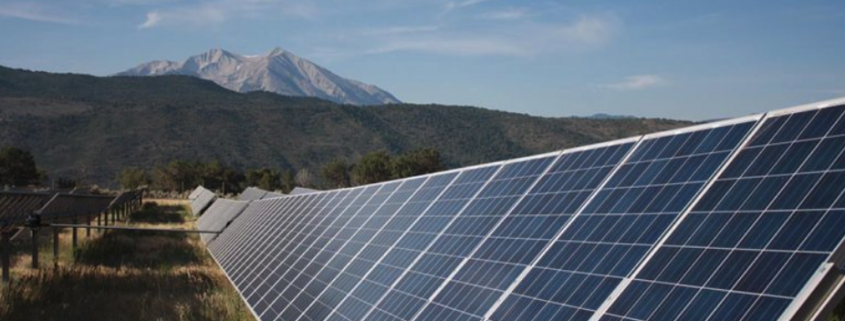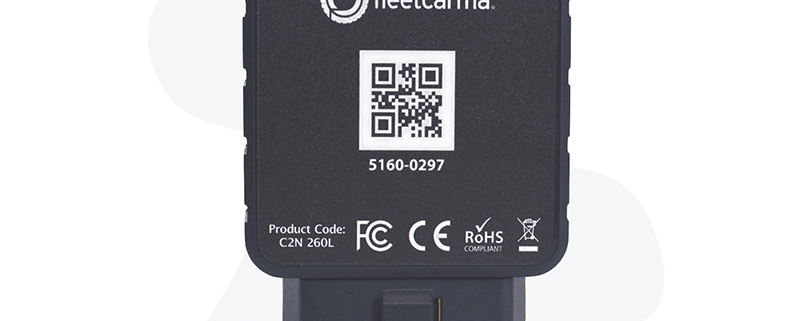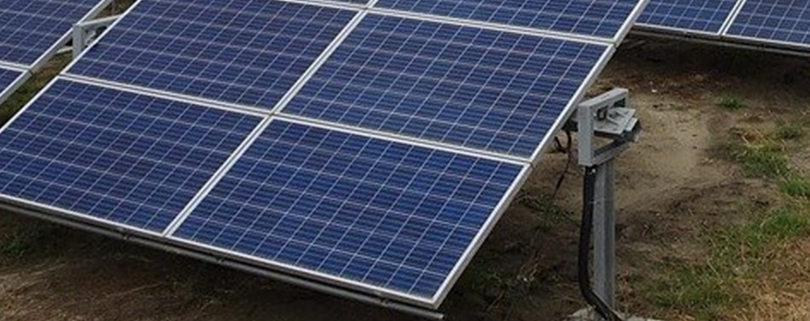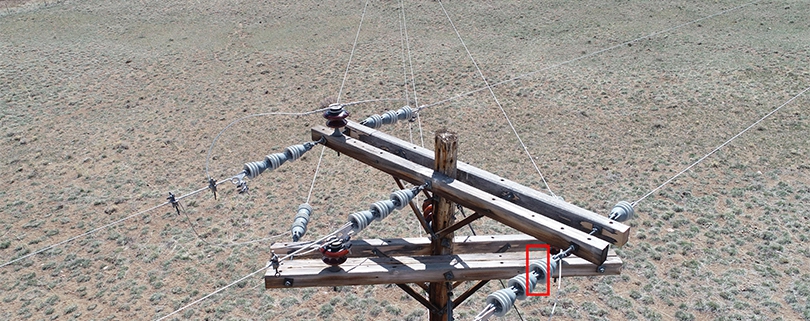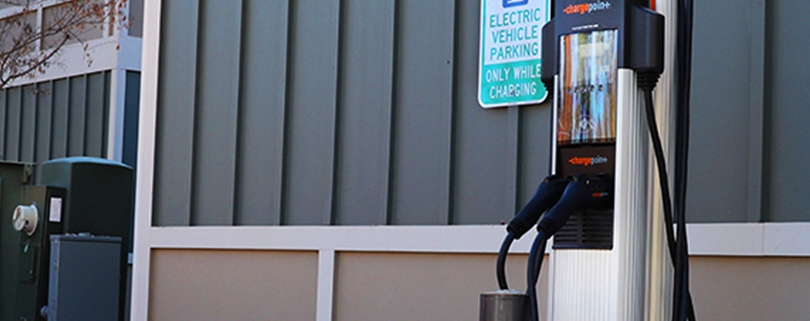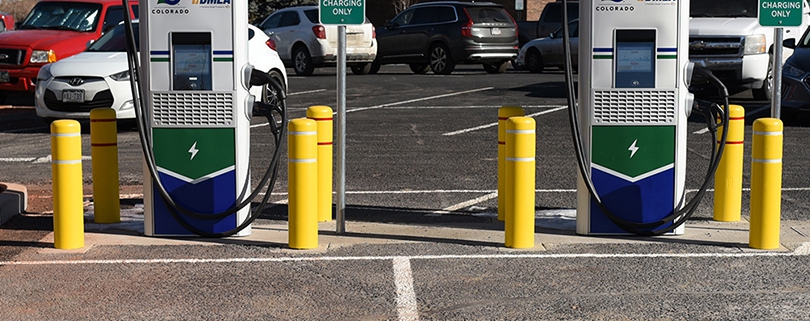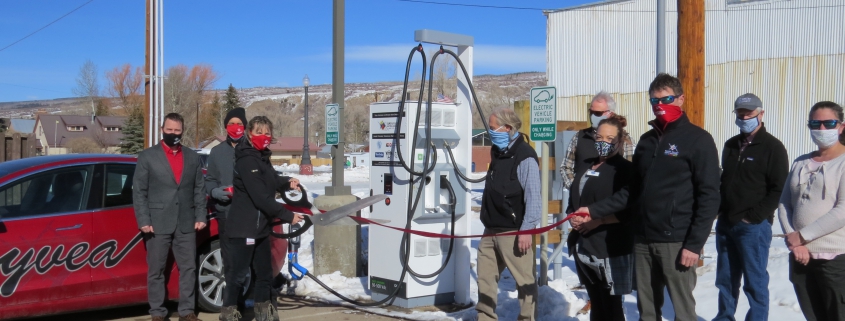Co-ops Lead the Way in Grid Defense
The country’s electric co-ops have been instrumental in providing a market-ready early warning system that detects cyberattacks on utilities. Essence 2.0 was developed through work by the National Rural Electric Cooperative Association, the co-ops’ national trade association, as part of its efforts to defend the nation’s energy supply from unknown, emerging threats.
The system provides “black box” sensing technology that measures the ongoing behavior of operations. Many cyberattacks lay dormant on a system for months before they are identified and mitigated. Essence 2.0 acts as a monitoring tool that accelerates the detection of any anomalies on the system that could indicate a breach.
Developed by NRECA in collaboration with the U.S. Department of Energy, BlackByte Cyber Security, LLC, and Referentia Systems, the program was initiated in 2014. Essence 2.0 was introduced in 2020 and third-party evaluation has confirmed that the program does continuously assess the electric power grid for anything out of the ordinary, using a set of algorithms. When something unusual is detected, the technology provides immediate, real-time indicators.
“Being able to identify emerging threats in real time is the most important element of this approach so that electric cooperatives and other users can adapt quickly — not weeks later — to protect their systems,” said Emma Stewart, chief scientist at NRECA.


